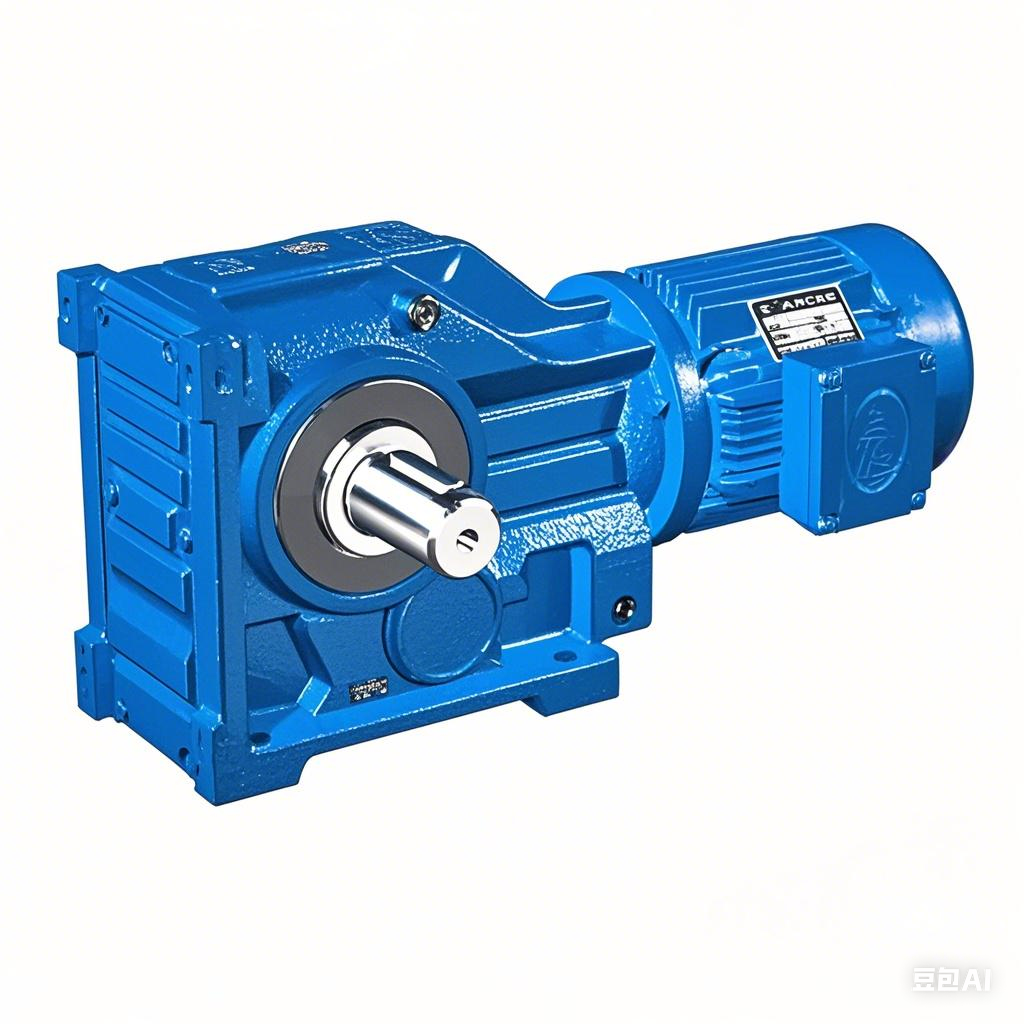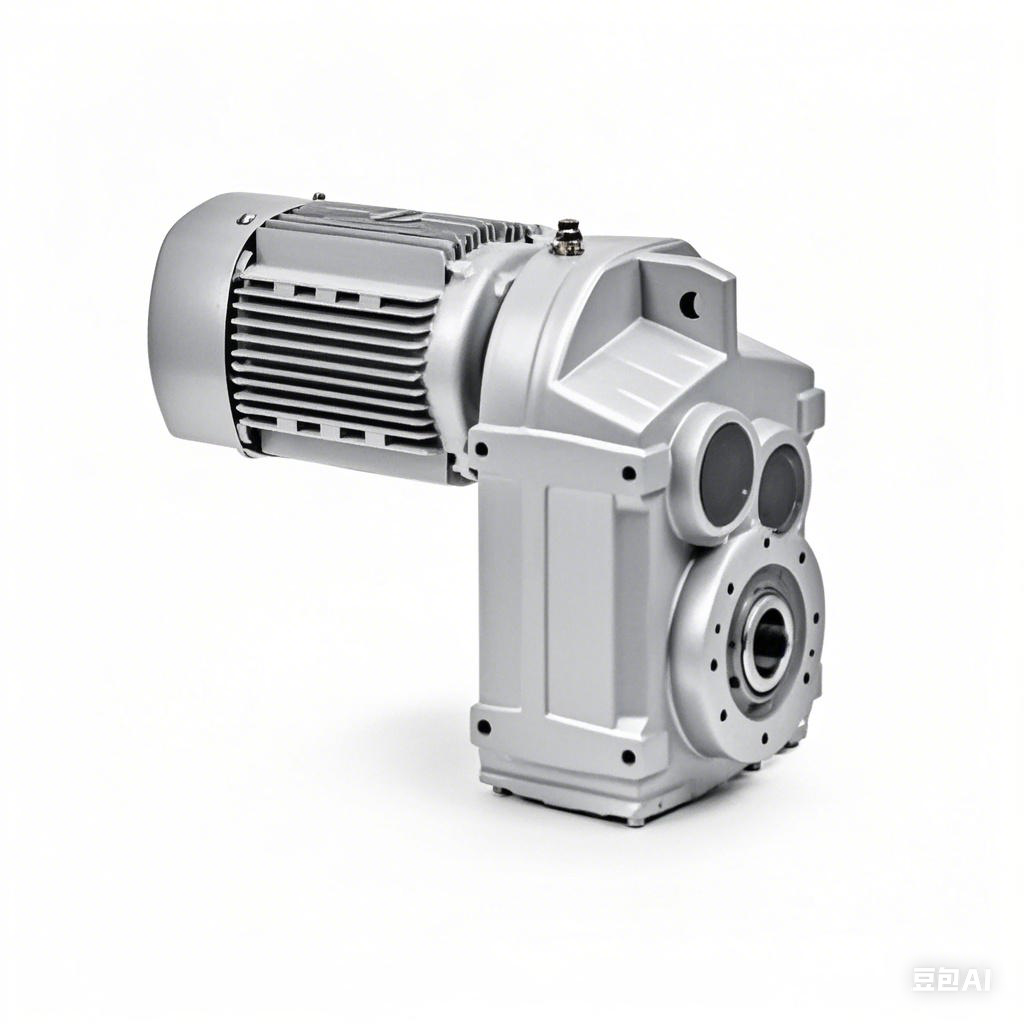gear motor types
Gear motors represent a crucial advancement in power transmission technology, combining an electric motor with a gearbox in a single integrated unit. These devices efficiently convert electrical power into mechanical energy while providing precise speed control and torque multiplication. The system typically consists of an electric motor that drives a series of gears, which can be configured in various arrangements including spur, helical, worm, or planetary gear sets. This integration allows for significant speed reduction and torque increase, making gear motors ideal for applications requiring specific speed-torque characteristics. Modern gear motors come in several types, including AC and DC variants, each offering unique performance characteristics suited to different industrial and commercial applications. They feature advanced materials and precision engineering that ensure long-term reliability, minimal maintenance requirements, and optimal energy efficiency. These units are designed to operate in diverse environments, from clean room settings to harsh industrial conditions, with options for different protection ratings and mounting configurations. The versatility of gear motors makes them essential components in automation systems, conveyor belts, packaging machinery, robotics, and various other mechanical applications where controlled motion is crucial.



